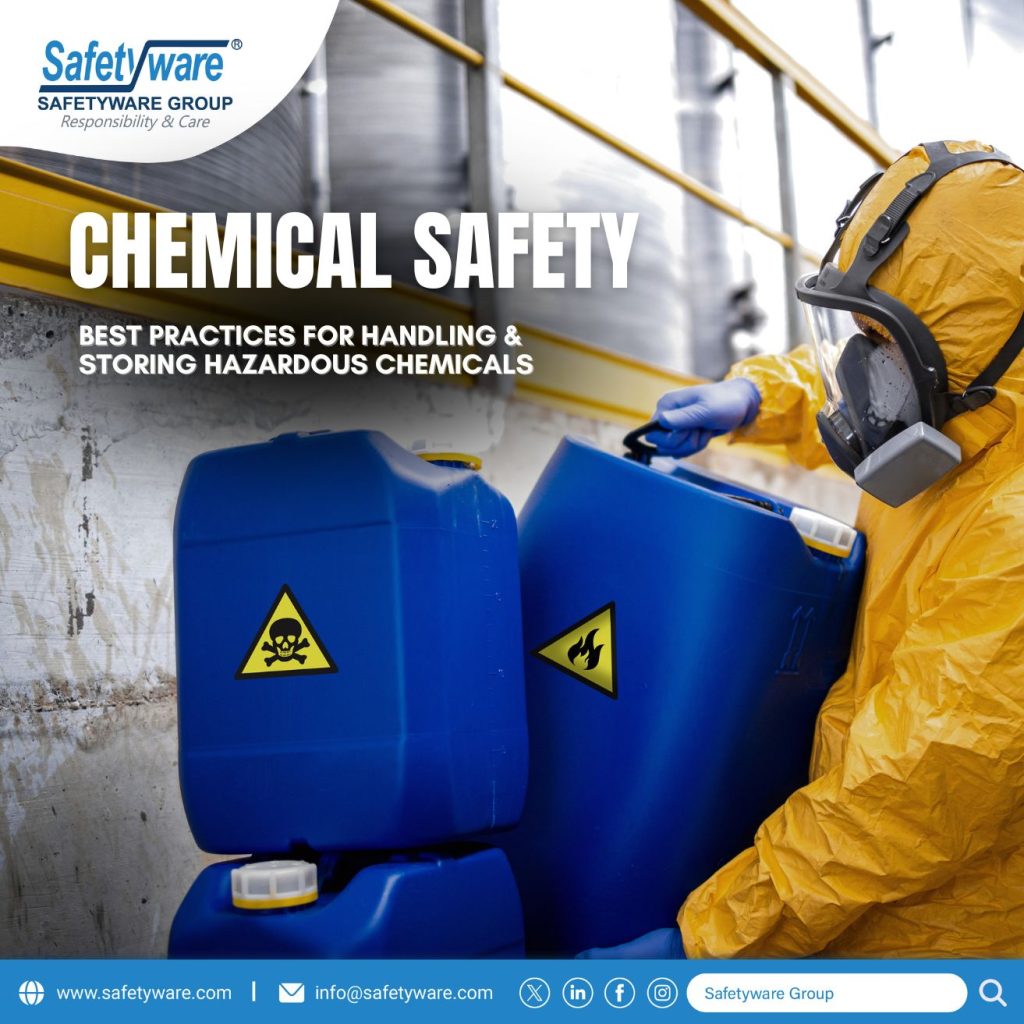Chemicals play a vital role in various industries, from manufacturing and healthcare to research and agriculture. However, the improper handling and storage of hazardous chemicals can pose significant risks to human health, the environment, and workplace safety. To mitigate these risks and ensure a safe working environment, it is essential to adhere to best practices for the handling and storage of hazardous chemicals. Let’s explore some key guidelines and recommendations for chemical safety:

1. Conduct a Risk Assessment: Before handling or storing any hazardous chemicals, conduct a thorough risk assessment to identify potential hazards, assess risks, and implement appropriate control measures. Understand the properties of the chemicals involved, including toxicity, flammability, reactivity, and corrosiveness.
2. Use Proper Personal Protective Equipment (PPE): Ensure that all personnel handling hazardous chemicals wear the appropriate PPE, such as gloves, goggles, lab coats, and respirators, to protect against chemical exposure. PPE should be selected based on the specific hazards associated with the chemicals being used.
3. Follow Safe Handling Procedures: Adhere to safe handling procedures when working with hazardous chemicals, including proper mixing, transferring, and disposal methods. Avoid shortcuts or improvisations and always follow established protocols and guidelines.
4. Labeling and Identification: All containers holding hazardous chemicals must be properly labeled with clear and accurate information, including the chemical name, hazards, and handling instructions. Ensure that labels are legible and intact to prevent confusion or accidents.
5. Proper Storage Practices: Store hazardous chemicals in designated areas that are well-ventilated, secure, and away from incompatible substances. Follow storage guidelines provided by manufacturers and regulatory agencies to prevent spills, leaks, or reactions that could lead to accidents.
6. Implement Chemical Segregation: Separate incompatible chemicals to prevent accidental reactions. Store acids away from bases, flammable liquids away from oxidizing agents, and reactive chemicals in isolated areas to minimize the risk of chemical incidents.
7. Emergency Preparedness and Response: Develop and communicate clear emergency procedures for chemical spills, leaks, or exposures. Ensure that all personnel are trained in emergency response protocols, know the location of safety equipment, and have access to spill kits and emergency showers/eyewash stations.
8. Regular Inspections and Maintenance: Conduct regular inspections of chemical storage areas, containers, and safety equipment
to identify potential hazards or issues. Address any leaks, spills, damaged containers, or safety deficiencies promptly to maintain a safe working environment.
9. Training and Education: Provide comprehensive training to all personnel who handle hazardous chemicals, including proper handling techniques, emergency procedures, and the use of PPE. Regularly update training programs to ensure that employees are informed of the latest safety practices and regulations.
10. Compliance with Regulations: Ensure compliance with relevant regulations and standards governing the handling, storage, and disposal of hazardous chemicals. Stay informed of regulatory updates and make necessary adjustments to maintain a safe and compliant workplace.
By following these best practices for handling and storing hazardous chemicals, organizations can minimize risks, protect personnel and the environment, and promote a culture of safety and responsibility in the workplace. Prioritizing chemical safety not only safeguards against accidents and injuries but also contributes to overall operational efficiency and sustainability.
